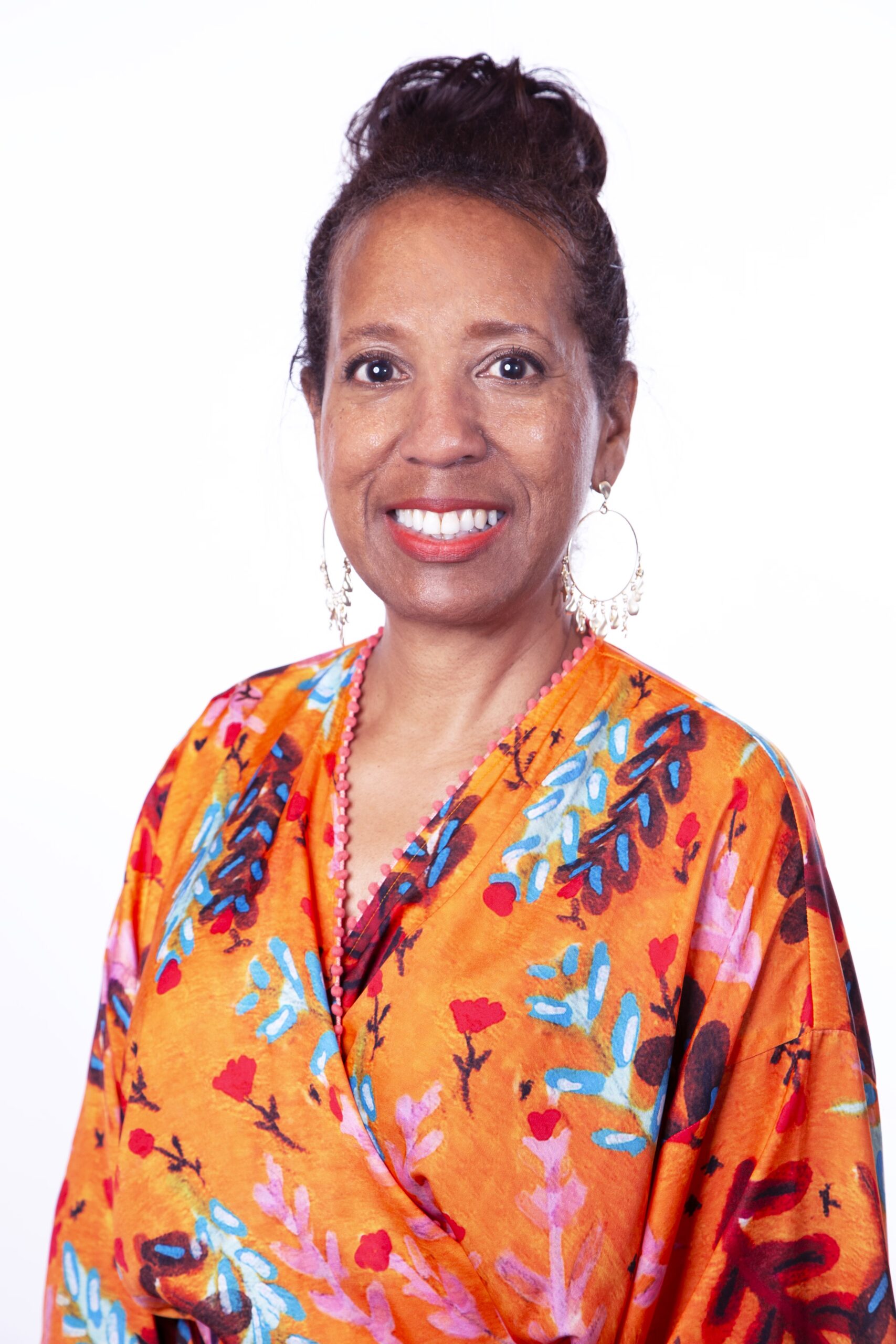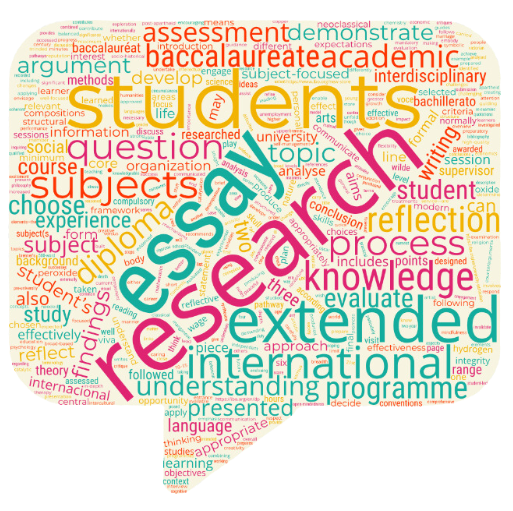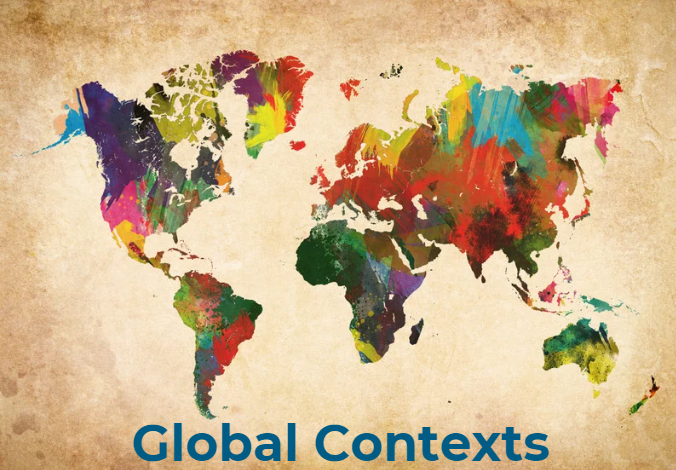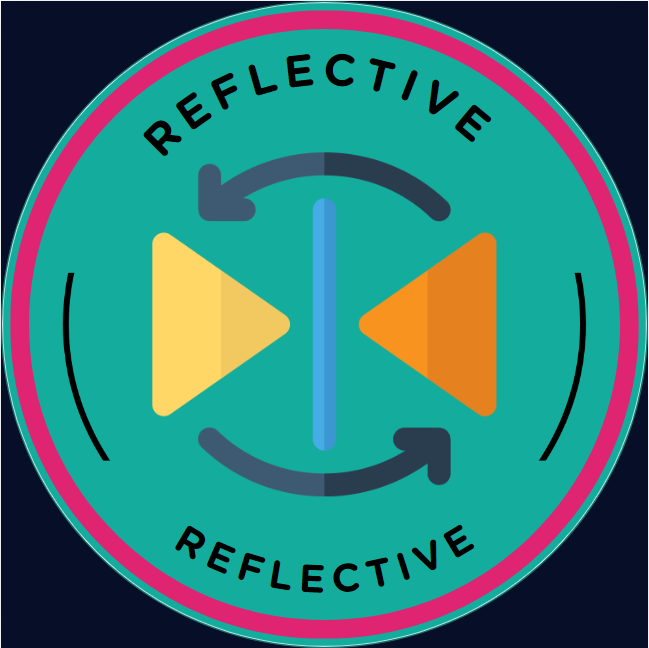Updated: Nov 29, 2021
This is Part 2 of a two-part series addressing the kinds of questions we might ask in our continuation to shift from a more traditional to a global education. In January’s Part 1 , the first three of questions posed was explored: What do our students need from school? In this post, the two remaining questions posed will be considered as examples of the many other wonderings we might reflect upon.
How will we provide students the education they need?
Various propositions of conceptual combinations would work, so long as the needs of students were carefully brought to the forefront when considering how we to provide students with the skills they need for their futures. Reflecting upon the definition for global education with the aforementioned perspectives, I selected five possible areas that could be used when engaging in the design process for an education that is relevant to our students’ futures.
Schoolwide Focus Areas
Student Agency — Students having voice, choice, and ownership of learning
International-Mindedness — Mindset that recognizes and thoughtfully responds to our interconnectedness
Social-Emotional Learning — Develops self-awareness, reflective responses, and positive interpersonal skills
Communication Skills — Literacy and ability to thoughtfully exchange information Real-World Engagements — Authentic learning experiences
To cohesively design education in a holistic manner that addresses individual student needs is a mammoth, ongoing process, so identifying areas to organize into a framework is helpful. These five areas would serve as pillars in the design and be used for thinking through how the school could proceed in developing actions to further the progression to a more global education.

What preparation do we need to be best equipped to provide for our students?
Once the key areas in which to design the whole-child, global educational experiences around are identified, discussions and planning for those areas can deliver clarity about what preparations are required to bring those ideas to life. In addition to materials, community resources, and looking at all the tangible items desired, ongoing professional development is essential. Identifying where each staff member needs to grow as well as the collective professional learning of the group will help equip the adults in carrying out plans successfully. Creating the schools for our students’ future successes will require a sharp deviation from the traditional classrooms and practices of yesterday. Retooling, expanding, exploring, and developing new skills can assist in arming us to be capable of delivering global education for the 21st century.
Author
-

Jill is the CASIE Director of Education. She has a Master’s degree in Educational Leadership from Clark Atlanta University and a Bachelor’s degree in Education from The Ohio State University. Her past work experience includes serving as a teacher, IB coordinator, assistant principal, associate principal, 12 years as a principal with the last 7 leading an IB World School, Executive Director of Academic Programs including all four IB Programmes, head of of Curriculum and Assessment for Marietta City Schools, and an IB Educator Network programme leader. She enjoys learning, reading, walking, spending time with her husband, daughter, son, daughter-in-law, and friends.
View all posts




